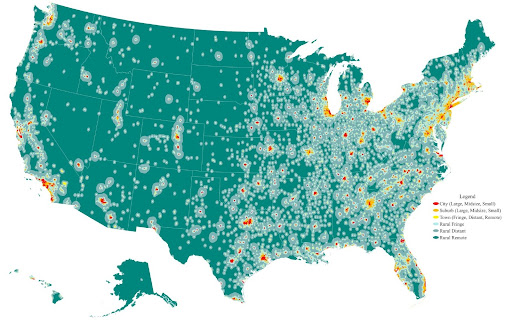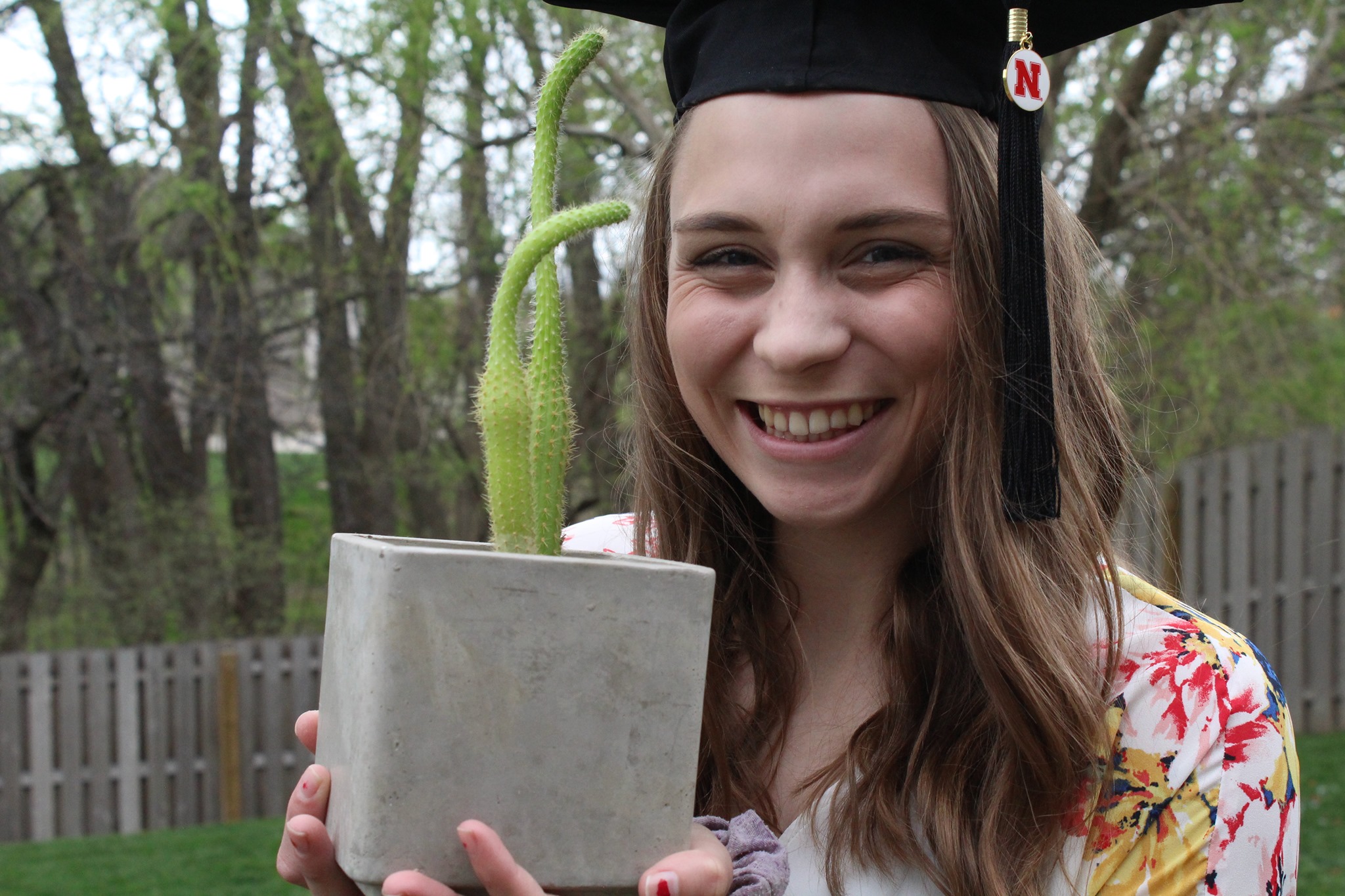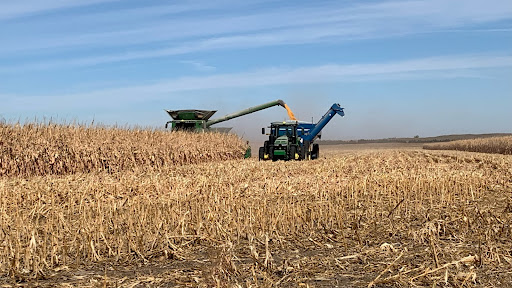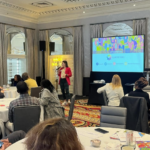Think back to the moments throughout your life when people asked, “What do you want to be when you grow up?†Did your vision and dream change as you experienced the world? For me, I started out wanting to be a vet because of my deep love for my animals on my small farm, then it shifted to me wanting to be a nurse like my mother and sister, and finally I landed at being a molecular biologist. However, being brought up in rural America limited my exposure to career opportunities, many of them occurred within the community. I am not alone in this experience where students' growth and development in science, technology, engineering, and math (STEM) are hindered by rural location.
According to the US Census Bureau, a rural area is classified as a territory, such as a town, containing less than 2,500 people and an urban-cluster is between 2,500 and 50,000 people. As of 2017, only roughly 19% of the United States population resides in a rural area. Students in rural America do not have access to the same advanced resources that you may find in an urban or metropolitan area. These disparities can be linked to both infrastructure and affordability of technology. An example of infrastructure inconsistency is outside my small town of less than 300, my family did not receive high speed internet until 2012. In urban areas over 80% of inhabitants had access to high speed internet in comparison to only a little over 45% in rural areas. In the years between 2009 and 2017 the government funded over 66,000 miles of fiber optic cable for the internet to rural areas, yet this is still a problem as 7 in 10 Americans in rural areas do not have access to high speed internet. Even if there is access to the internet it is possible some may not be able to afford it. In 2019, an American Community Survey estimated that 15.4% of rural America was below the poverty line in comparison to nearly 12% in urban areas. This trend continues in rural schools, influencing STEM education and college preparedness.

The differences between urban and rural areas begins with the state requirements being the same across all districts, large or small. Kevin Breedlove – Chemistry, Physics, and Physical Science teacher and coach for multiple events at Tekamah-Herman High School, Nebraska – explained this is especially stringent in small schools because teachers are stretched between multiple classes and likely coaching or volunteering their time in extracurricular activities. In large schools, these extra activities such as Academic Decathlon or Quiz Bowl are classes. Another of the most apparent differences is the accessibility to Advanced Placement (AP) Classes. In rural areas only 50% of students have the opportunity to attend these classes in comparison to 97% accessibility in urban areas. This is further perpetuated by the lack of qualified teachers in these areas to provide this education.
Even with this gap in college readiness, rural area students indicate more interest in STEM than urban area students. But, it is more likely that a rural student does not finish or enroll in college due to barriers such as distance from home, financial burden, and being first generation college students. In order to improve retention of rural students in college, senators are reintroducing the Rural STEM Education Act to improve access and training to rural area teachers and students, and other programs such as Project Lead the Way provide supplemental training and information to rural areas specifically. Even with support to continue education for rural students, graduates are not often returning back to their home counties. For example, in 2014, Pike County, Georgia (pop. 18,962) lost 116 high school graduates to Clarke County. Clarke County is where the University of Georgia resides and often people remain after college graduation. This phenomenon is occurring in multiple states and counties because larger urban areas have more attainable and accessible job opportunities for those who hold a degree. This cycle perpetuates the gap between urban and rural areas as those who experience the hurdles leave, the problem is left unaddressed and it continues.
The ongoing COVID-19 pandemic has changed not only how scientists think and complete their science but has also drastically altered the involvement of the general public in science communication and education. Over the last two years there have been a slew of conspiracy theories on COVID-19, 5G, fake news, and magnetism, which has been perpetuated by the ease of access to information on the internet. In small towns these ideas can spread like wildfire due to the tense political divides between individuals. Some of this political impact is to blame for the lack of science understanding at the base level of the community, the schools. Even with ample funding local boards will often choose to splurge in areas such as sports arenas or public spaces and cut short classroom spaces.
We are at a unique crossroads where the public is more involved with science than ever and will likely continue to be participating into the future. The students in my graduating class of 40 have found great careers as nurses, broadcasters, medical students, graduate students, hairdressers, mechanics, linemen, etc. Our success is due to the countless hours our teachers put into our education and growth. As we move forward there are still questions if any of the gaps such as lack of high speed internet and technology, access to college readiness tools, and exposure to job opportunities will be met as the rural population dwindles. Fantastic teachers, mentors, and new equipment can only go so far because the need to improve STEM education in all areas and not just in urban areas is critical. Our world is ever changing and we will need to ensure better scientific literacy across our entire population to unite and understand the science necessary to continue for centuries to come.
About the Author
Hi! I am Sammi. I am a Ph.D. Student in the Department of Plant Biology at the University of Georgia working with Dr. C.J. Tsai. I am interested in stress response related to climate change in Poplar trees, specifically involving sulfur transport and orphan genes. I am originally from Nebraska (Go Big Red!) where I grew up and also obtained my B.S. in Biochemistry. I love hiking the north Georgia mountains since moving here and volunteering with shelter cats! In my free time I read, play Switch, attempt to teach myself how to crochet, facetime my sister to see her puppy, and explore Athens!
- Sammi Surberhttps://athensscienceobserver.com/author/sammi-surber/April 11, 2024








